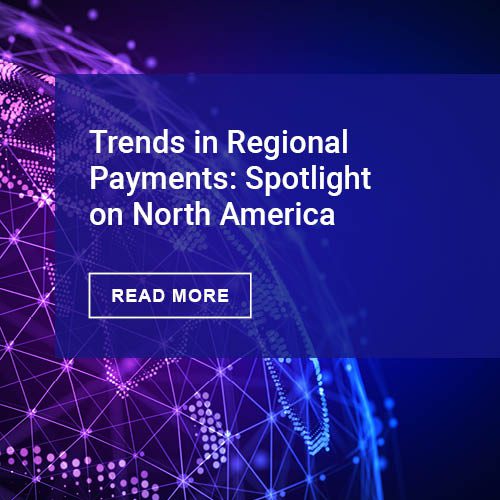Consumers are continuing to feel the impact of the current economic climate, leaning again on credit cards—like many did during the pandemic—to help cover daily necessities they may need, including food and gas. According to a recent article from The Washington Post:
“Credit card debt is rising at its fastest clip in more than 20 years, according to the Federal Reserve Bank of New York. Overall, Americans owe $887 billion on their credit cards, a 13 percent increase from a year ago.”
Raising interest rates is certainly not helping card holders. In fact, it makes borrowing more expensive. As referenced in The Washington Post article:
“Average credit card rates, at 18.7 percent, are at their highest level in 30 years and will probably continue rising, according to Bankrate.”
“In an environment where we have 8% inflation in the U.S., expect more debt to build,” said Brian Riley, Director of Credit at Mercator Advisory Group. “The increased volume will certainly come from credit cards, as consumers toil with gas and groceries but keep an eye on installment lending, as consumers consolidate debt with cheaper (but climbing) interest rates.”
Riley delves into this a bit further, and examines how fintechs are taking over the consumer lending space as they struggle to find more affordable ways to borrow in a report he published earlier this year.












